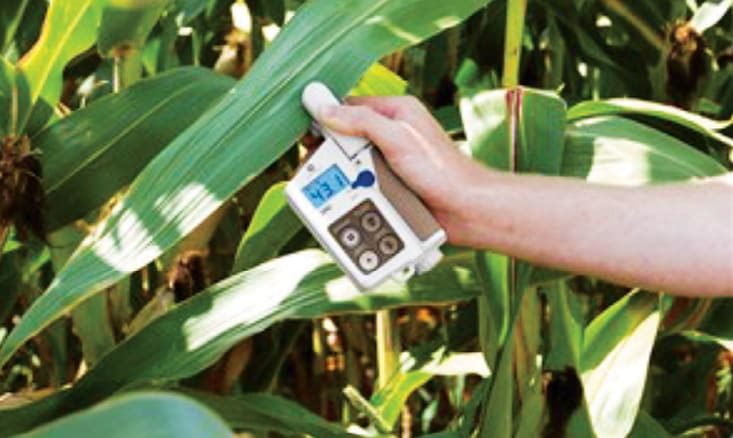No-Till Farmer
Get full access NOW to the most comprehensive, powerful and easy-to-use online resource for no-tillage practices. Just one good idea will pay for your subscription hundreds of times over.

When relying on nutrient recommendations from your soil and plant test results to plan your fertility program, do you know how accurate those recommendations are?
At the 2018 National No-Tillage Conference, John Grove explained that soil test results may not be as accurate as they could be if they aren’t correlated and calibrated for a no-tiller’s specific situation.
The University of Kentucky plant and soil scientist, as well as director of the university’s Research and Education Center in Princeton, Ky., discussed what no-tillers need to know about soil testing to get accurate recommendations. He also shared how tissue sampling can provide more information on their fertility program and how to utilize crop-sensing technologies to learn more about crop nutrition.
The first thing no-tillers need to keep in mind when taking a soil test is that because they’re in a no-till environment, there will be vertical differences due to nutrient stratification within the topsoil. Stratification takes place over time and this needs to be taken into account.
Go to: www.no-tillfarmer.com/0718 to read more about why soil test recommendations should have you asking additional questions about your specific farming conditions.
This is important…